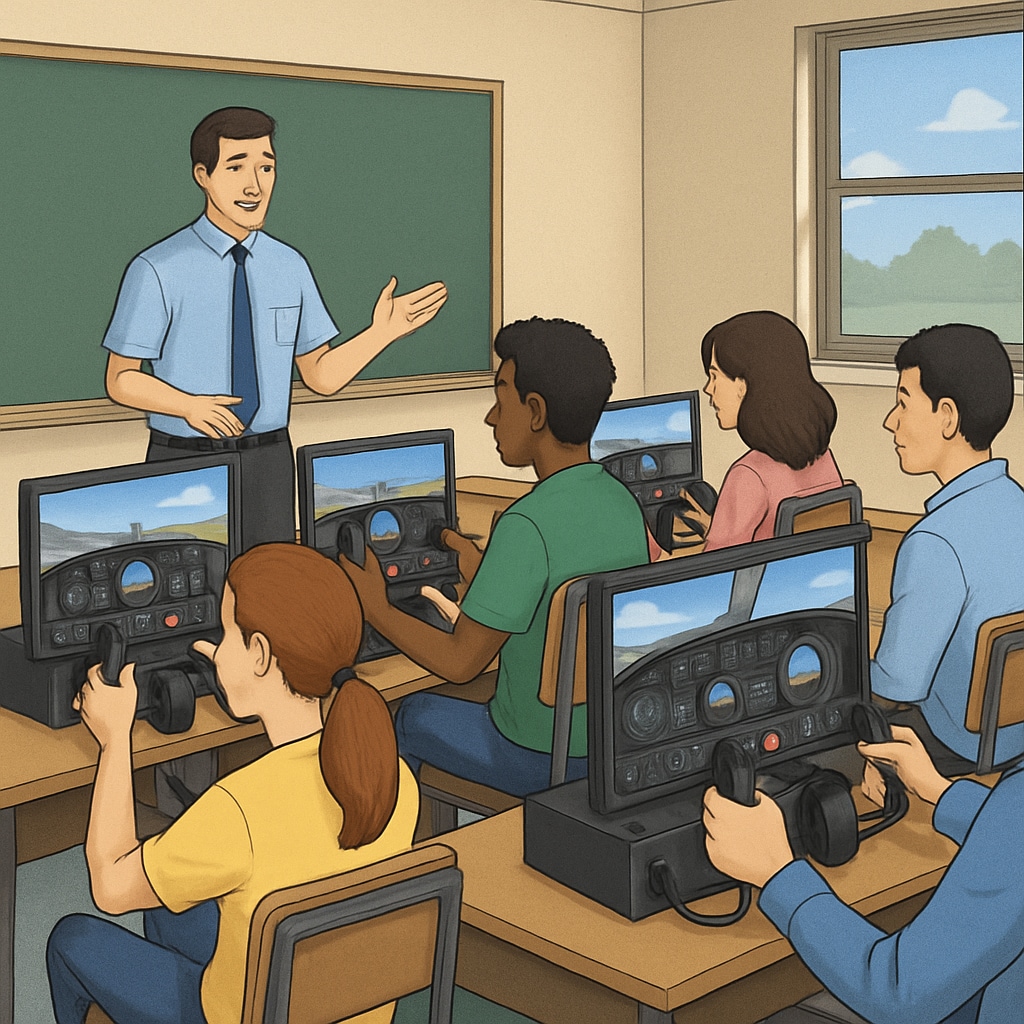The path to obtaining a Commercial Pilot License (CPL) often starts with a dream of flying. However, for many aspiring pilots, the cost of flight training can be a significant barrier. This article explores how K12 education can inspire young minds to pursue aviation and provides practical advice for securing funding for CPL training. With the right resources and financial planning, students can turn their passion for flying into a rewarding career.
Inspiring Aviation Dreams at the K12 Level
K12 education serves as the perfect foundation for fostering an interest in aviation. Schools can introduce students to the science of flight through STEM (Science, Technology, Engineering, and Math) programs, hands-on workshops, and field trips. For example, programs like Civil Air Patrol and Young Eagles offer students opportunities to experience flight firsthand, sparking curiosity and ambition.
Parents and educators can also encourage participation in aviation-related extracurricular activities, such as drone clubs, flight simulation games, and air shows. These experiences not only build enthusiasm but also provide a basic understanding of aviation concepts.

Overcoming Financial Barriers to CPL Training
While the journey to becoming a licensed commercial pilot is exciting, the financial requirements can be daunting. CPL training costs can range from $70,000 to $150,000, depending on the flight school and location. Fortunately, there are several ways for students and their families to secure financial aid:
- Scholarships: Organizations like the EAA Young Eagles and AOPA (Aircraft Owners and Pilots Association) offer scholarships to help offset training costs.
- Grants: Some aviation training programs provide grants for underrepresented groups in aviation, such as women and minorities.
- Student Loans: Many financial institutions offer loans specifically designed for pilot training.
- Work-Study Programs: Some flight schools provide work-study opportunities, allowing students to earn while they learn.
In addition to these options, aspiring pilots can explore crowdfunding platforms to raise funds for their training. Sharing their aviation goals and engaging their community can help make their dreams a reality.

Planning for a Successful Aviation Career
Beyond financial aid, students should also focus on building a strong foundation for their aviation careers. This includes obtaining the necessary medical certifications, gaining flight hours through private pilot licenses, and networking with industry professionals. Attending aviation expos and joining organizations like Women in Aviation International can provide valuable connections and mentorship opportunities.
Furthermore, students should research flight schools thoroughly to find programs that align with their goals and budget. Accredited institutions with strong job placement rates are often the best choice for long-term success.
With determination, the right resources, and effective financial planning, the dream of becoming a commercial pilot is within reach. By starting early, leveraging K12 opportunities, and securing funding, aspiring aviators can embark on an exhilarating journey into the skies.
Readability guidance: This article balances short, informative paragraphs with lists to improve clarity. It incorporates active voice and avoids long sentences, making it accessible to a broad audience. Transition words like “however,” “in addition,” and “for example” guide readers through the content smoothly.


